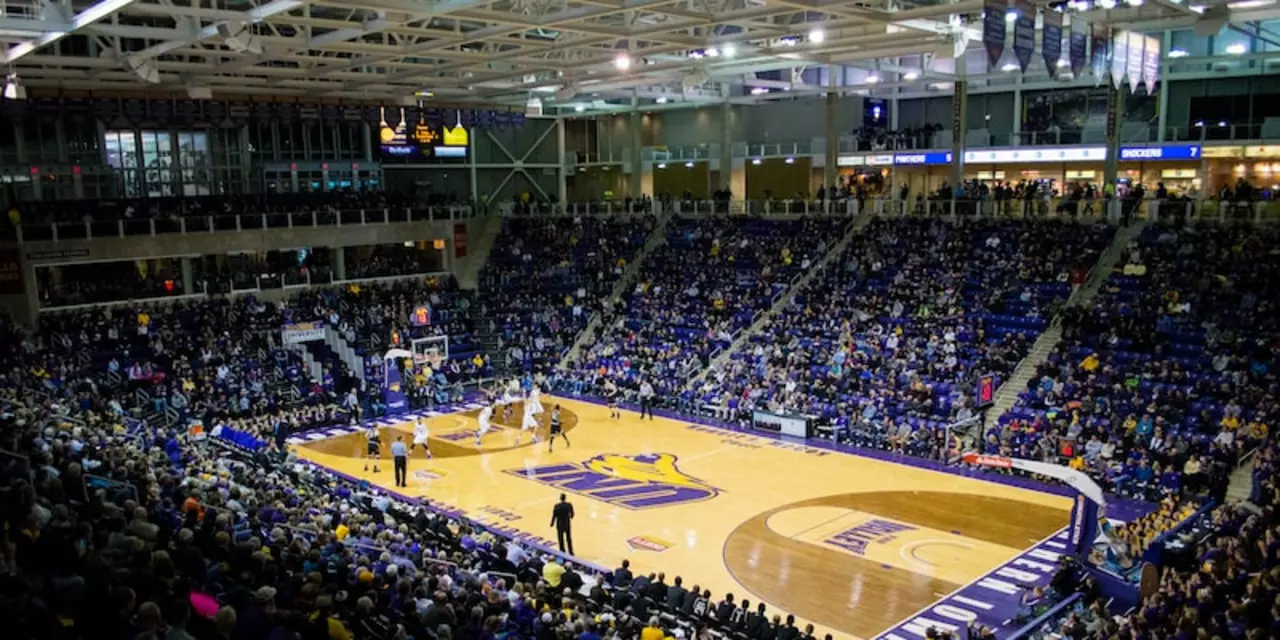College Sports Ticket Prices – Why They Vary and What It Means for Fans
Ever bought a ticket for a college game and wondered why the same seat costs $20 for one match and $120 for another? You’re not alone. Ticket prices in college sports are never random; they’re a mix of market forces, school strategies, and fan perks. Understanding the basics helps you snag a good deal and avoid surprise costs.
Key Factors That Drive Ticket Prices
First up, demand. If a top‑ranked team is visiting, the stadium fills up fast and prices spike. Schools use dynamic pricing, raising costs when they expect a sell‑out crowd and dropping them when interest is low. Second, where you sit matters. Seats behind the bench or in the student section are cheap, while club level or end‑zone boxes command premium rates.
Third, team performance plays a huge role. A winning season boosts fan excitement, so schools can charge more. Conversely, a struggling program often lowers prices to keep seats occupied. Finally, special promotions and discounts can shift the price curve. Many campuses offer reduced tickets for students, alumni, or military personnel, and some run family packages that bundle several seats at a lower per‑ticket cost.
How Schools Use Pricing to Balance Revenue and Access
Colleges aren’t just chasing profit; they also want a lively atmosphere. By offering a range of price points, they attract both casual fans and die‑hard supporters. Low‑cost student tickets fill the stands, creating energy that can help the home team. At the same time, higher‑priced corporate boxes bring in sponsors and big donors who fund athletic programs.
Another tactic is tiered pricing for big games. A school might set a base price for regular season matchups and a “premium” tier for rivalry games or championship events. This approach lets them maximize revenue on high‑profile dates while still offering affordable options for everyday fans.
Understanding these pricing tactics can save you money. Check the team’s schedule and look for games against top opponents—those are the ones where you’ll see the biggest price jumps. If you’re flexible, aim for mid‑week games or early‑season matchups when demand is lower. And always hunt for student or alumni discounts if you qualify; they can shave off a significant chunk of the ticket cost.
Bottom line: college sports ticket prices reflect a blend of market demand, seating location, team success, and strategic discounts. By knowing what drives the numbers, you can plan smarter, enjoy the game, and keep more cash in your pocket.
